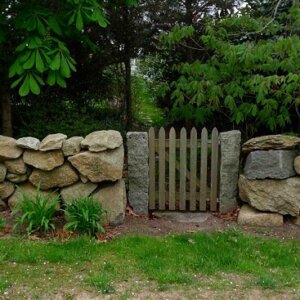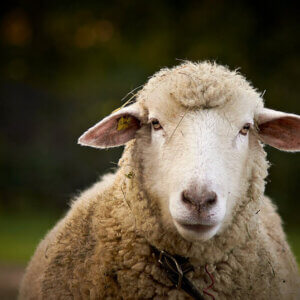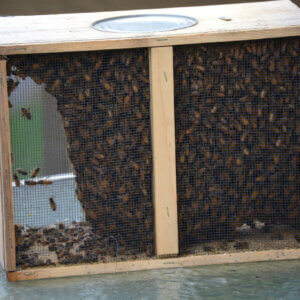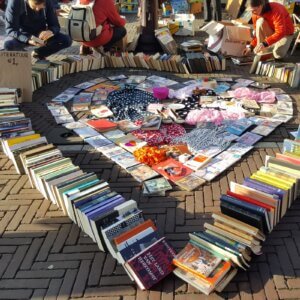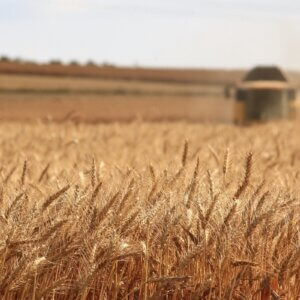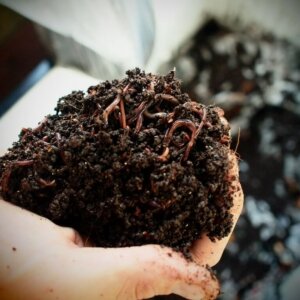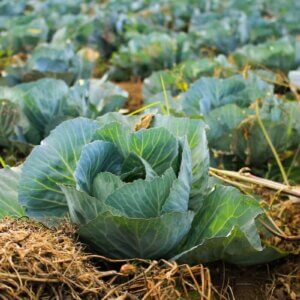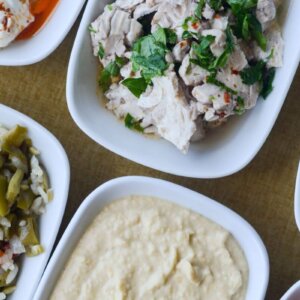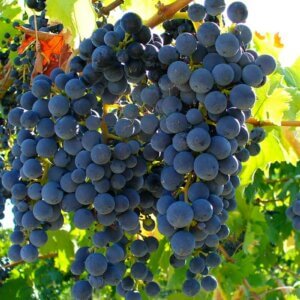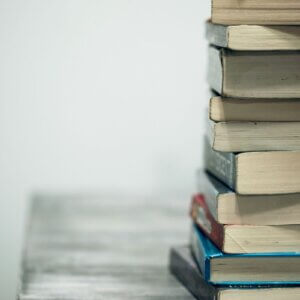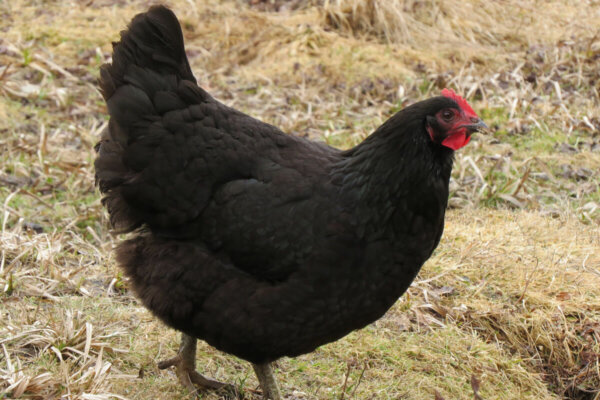
- Purpose: Meat
- Eggs: Brown
- Egg Size: Large
- Color: Black, White, Blue
- Comb Type: Single
In the animal world, the role of “biggest” has to be held by someone. For dogs, it’s the Great Dane, for horses, it’s the Shire, and for chickens, it is the gentle, massive Jersey Giant.
Giants were originally developed as an alternative to the turkey as a table bird. The large-breasted turkey that we know today was also developed at the same time, so the New Jersey-created breed never gained popular traction. Regardless, these unforgettable birds make a fine addition to any chicken-loving homestead.
In order to reach their maximum weight, these birds need time. For the small family farm, this should be no issue, but someone looking to have a huge, market-weight bird in short order should look elsewhere.
Commercial strains of fowl like the Cornish Cross have been bred to reach butchering weight as early as 8 weeks of age, whereas the Jersey Giant may take at least 9 months, and possibly up to 2 years.
When designing their coop, it’s important to allow Giant hens to access nests that aren’t too high for them. The National Jersey Giant club recommends that the birds not have to jump or fly any higher than a foot to access them.
Characteristics
Though their huge size may make them look intimidating, Jersey Giants are exceptionally docile and un-flighty birds. They are happy to forage, but typically won’t range too far from home, and certainly won’t try to fly over the fence.
Usually, sweet-tempered birds fall to the bottom of the pecking order and tend to be bullied–not so with Jersey Giants! Typically, they can hold their own among chickens with stronger temperaments because of their impressive size.
With a single comb and large body mass, Giants can also tolerate cold quite well.
What’s The Yield?
It’s somewhat obvious to explain that such a large bird would yield a large roast, but the flavor and texture of Jersey Giants is said to be noteworthy. Since they are not the most active of birds, they tend to be quite tender.
Males can reach an amazing 15 pounds at maturity — though some keepers report that they’ve had their birds reach 22lbs — and females usually reach 11 lbs.
These huge birds make huge eggs, and are good layers for being a larger chicken. You can expect 3 extra large, brown eggs from a mature hen a week. Be aware, though, that despite her best efforts, a hen may accidentally step on her eggs and occasionally break them.
Fun Facts About Jersey Giants
There are three colors officially accepted for Jersey Giants: black, white, and blue. The black variety is hardly that, though–allow them to step into a shaft of sunlight, and the green highlights on their feathers will gleam out. Typically, the black variety is also the largest, at least a pound larger than their white counterparts.
Also specific to the breed is an unusual trait: though their legs are a dark “willow” color, their footpads are always a bright yellow.
Photos of Jersey Giant Chickens
Resources
- Jersey Giant, The Livestock Conservancy
- Jersey Giant: Size, Egg Laying, Colors and Temperament, The Happy Chicken Coop
- Poultry Breeds – Jersey Giant Chickens, Oklahoma State University
Black Giants, Murray McMurray Hatchery - Jersey Giant, BackYard Chickens
- The Jersey Giant Chicken: An Outstanding Heritage Meat Breed, Countryside Network
- Jersey Giant Chicken, Slow Food USA
- Jersey Giant, My Pet Chicken
- Jersey Giant, Henderson’s Handy Dandy Chicken Chart
- Jersey Giants, National Jersey Giant Club










